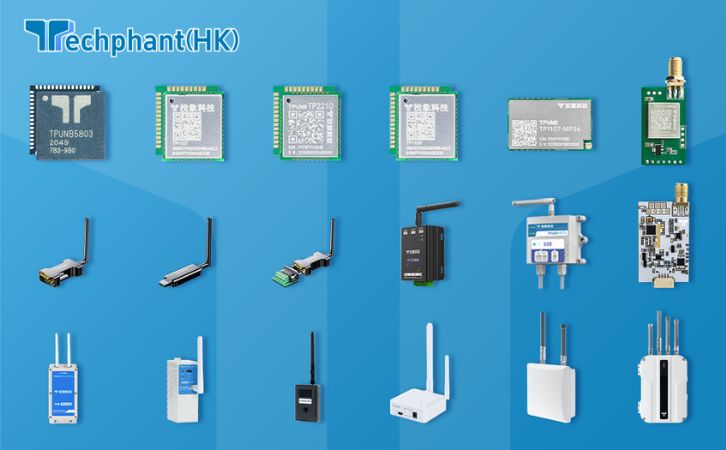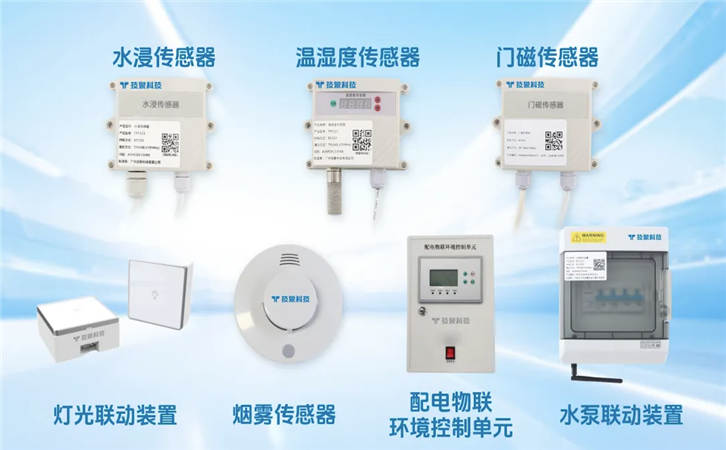I. Introduction to Smart Grids and Substations
A smart grid represents a transformative evolution of traditional electricity networks, designed to meet the demands of modern energy systems. Unlike conventional grids, which rely on unidirectional power flow and limited monitoring, smart grids leverage digital communication, automation, and real-time data analytics to optimize electricity distribution. They enable two-way communication between utilities and consumers, supporting dynamic energy management, integration of renewable energy sources, and enhanced resilience against disruptions. At the heart of this sophisticated network lies the smart substation, a critical component that facilitates the intelligent control and monitoring of electricity flow.
Smart substations are advanced versions of traditional substations, which are responsible for transforming voltage levels and routing power between generation sources, transmission lines, and distribution networks. Equipped with cutting-edge technologies, smart substations act as intelligent nodes within the smart grid, enabling real-time decision-making and seamless coordination. They incorporate sensors, automation systems, and communication infrastructure to monitor grid conditions, detect faults, and ensure efficient energy delivery. By supporting the integration of distributed energy resources, such as solar panels and wind turbines, smart substations play a pivotal role in building a sustainable and reliable energy future.
II. Key Features of a Smart Substation
Smart substations are distinguished by their advanced technological features, which enable them to perform complex functions within a smart grid. One of their core components is the use of Intelligent Electronic Devices (IEDs), which are microprocessor-based controllers that monitor and manage electrical parameters such as voltage, current, and power quality. These devices collect real-time data and execute control commands, allowing for rapid responses to changing grid conditions. Additionally, smart substations are equipped with sensors that continuously monitor equipment health, enabling predictive maintenance to prevent failures before they occur.
Another defining feature is the adoption of standardized communication protocols, such as IEC 61850, which ensures interoperability between diverse devices and systems. This protocol facilitates high-speed data exchange, allowing smart substations to communicate seamlessly with other grid components, including renewable energy sources and control centers. Automation is also a key aspect, with systems capable of performing tasks like fault isolation and load balancing without human intervention. Furthermore, smart substations support remote operation, enabling utilities to monitor and control operations from centralized locations, reducing response times and operational costs. These features collectively make smart substations a cornerstone of modern grid infrastructure.
III. Role of Smart Substations in Smart Grids
Smart substations serve as the operational backbone of smart grids, functioning as hubs for data processing, control, and coordination. They play a critical role in maintaining grid stability by enabling dynamic load balancing, which adjusts power distribution based on real-time demand and supply conditions. In the event of a fault, smart substations employ advanced fault detection and isolation techniques, often initiating self-healing mechanisms to restore service with minimal disruption. This capability significantly enhances grid reliability and reduces outage durations, benefiting both utilities and consumers.
Another vital role is the integration of distributed energy resources (DERs), such as solar, wind, and energy storage systems. Smart substations manage the variability and intermittency of these resources by adjusting power flows and ensuring grid stability. They also support demand response programs, which allow utilities to incentivize consumers to reduce consumption during peak periods, thereby optimizing grid performance. By providing real-time data to control centers, smart substations enable informed decision-making and long-term planning. Through these multifaceted contributions, they drive the transition to a more flexible, efficient, and sustainable energy ecosystem.
IV. Benefits and Challenges of Smart Substations
The deployment of smart substations offers numerous benefits that align with the goals of smart grid initiatives. One of the primary advantages is improved grid reliability, as their automation and real-time monitoring capabilities enable faster fault detection and resolution. This leads to fewer outages and shorter downtime, enhancing service quality for consumers. Additionally, smart substations reduce operational and maintenance costs by leveraging predictive maintenance, which identifies potential equipment issues before they escalate. Their ability to integrate renewable energy sources supports environmental sustainability by reducing reliance on fossil fuels and lowering carbon emissions.
Despite these advantages, implementing smart substations presents several challenges. The high initial investment required for advanced equipment, communication infrastructure, and system integration can be a barrier for utilities, particularly in developing regions. Cybersecurity is another significant concern, as increased connectivity exposes substations to potential cyberattacks, which could disrupt grid operations. Furthermore, the complexity of smart substation systems demands a skilled workforce proficient in digital technologies and grid management. Overcoming these challenges requires robust cybersecurity frameworks, comprehensive training programs, and strategic financial planning to ensure the scalability and long-term success of smart grid deployments.
V. Conclusion
Smart substations are indispensable to the evolution of smart grids, serving as intelligent hubs that enhance the efficiency, reliability, and sustainability of modern electricity networks. By leveraging advanced technologies like automation, real-time monitoring, and standardized communication protocols, they enable seamless integration of renewable energy, rapid fault resolution, and dynamic grid management. While challenges such as high costs, cybersecurity risks, and workforce training persist, the benefits of smart substations—improved grid performance, reduced operational expenses, and support for clean energy—make them a vital component of the global transition to sustainable energy systems. As utilities and governments continue to invest in smart grid infrastructure, smart substations will play a central role in shaping a resilient and future-ready energy landscape.


